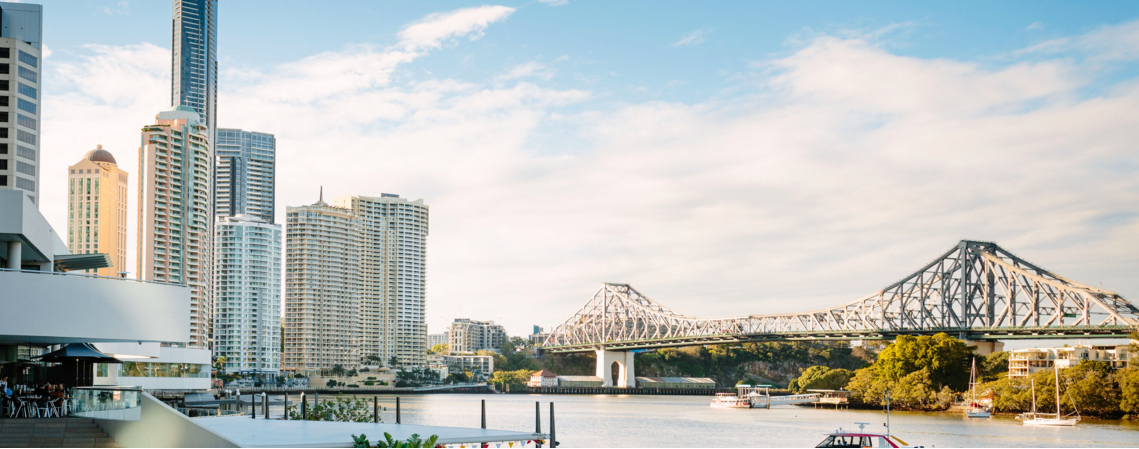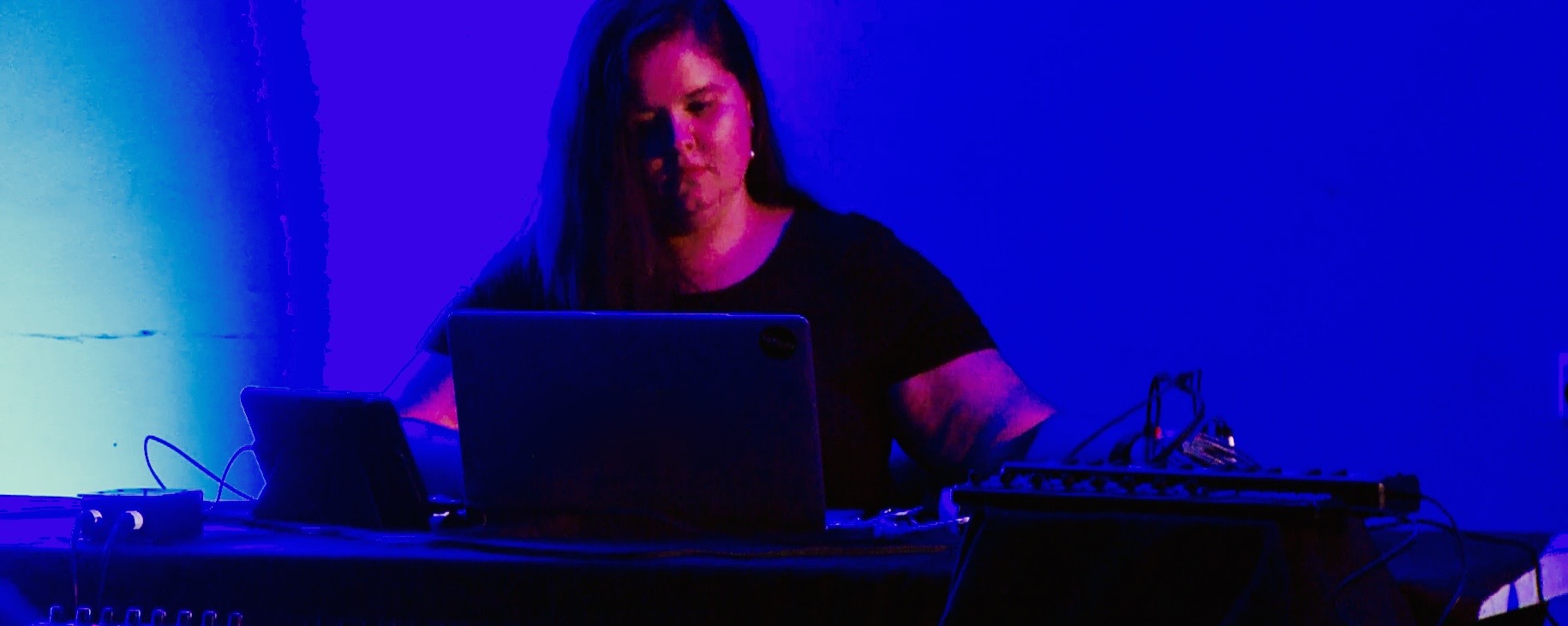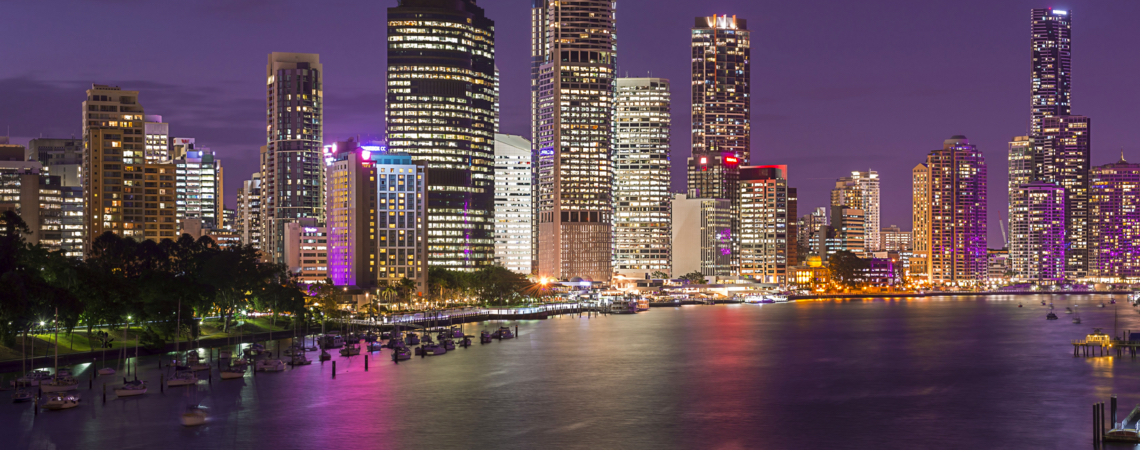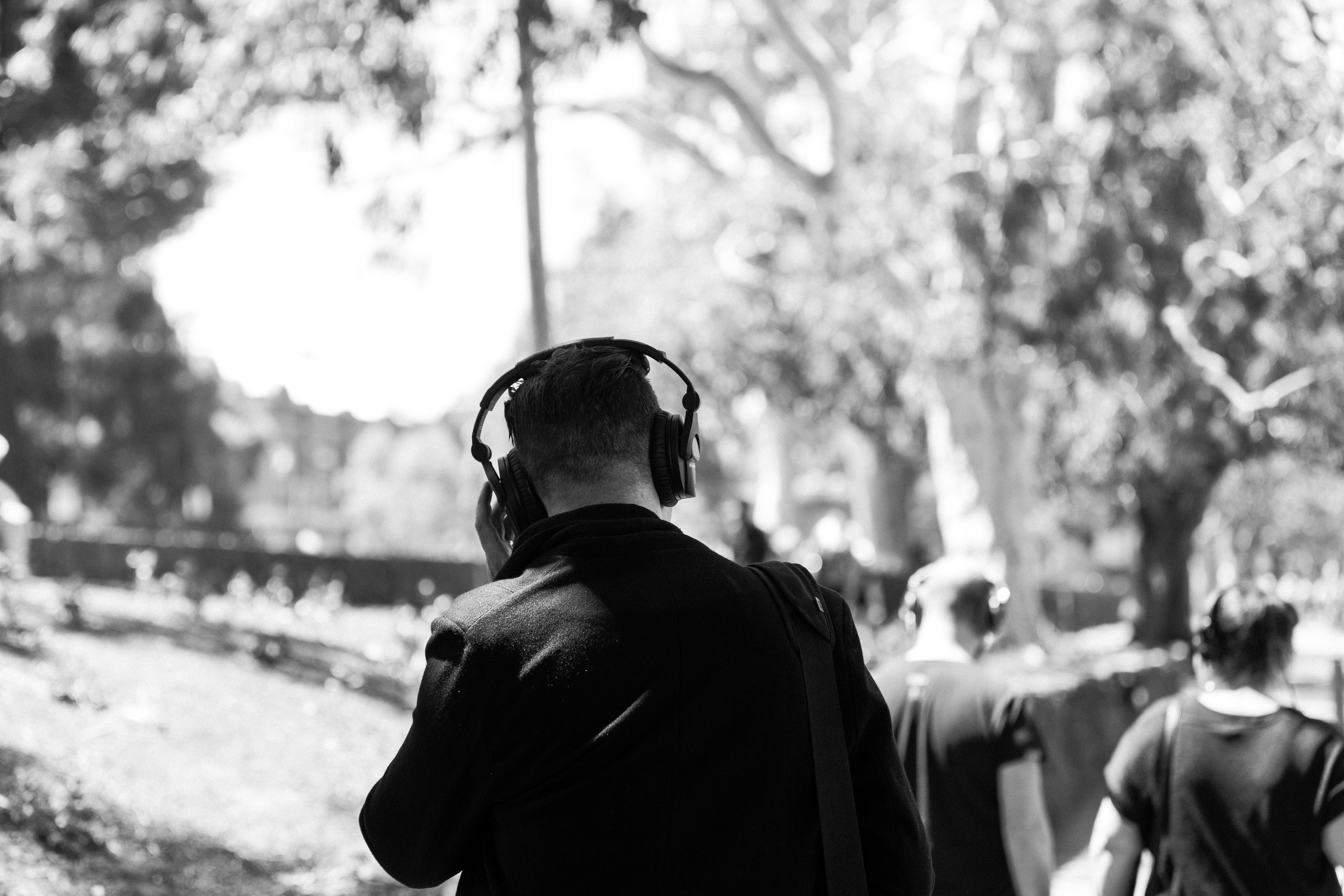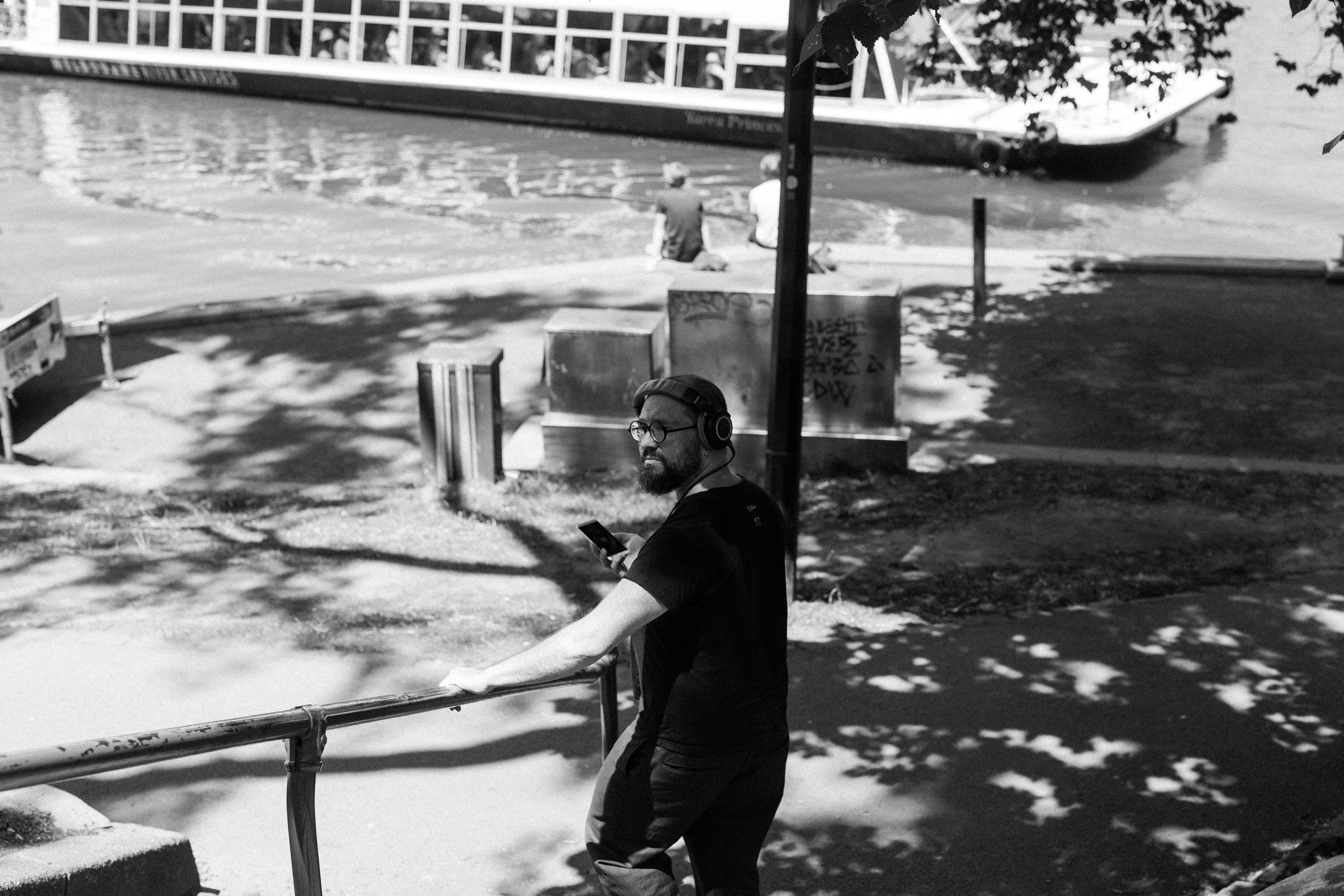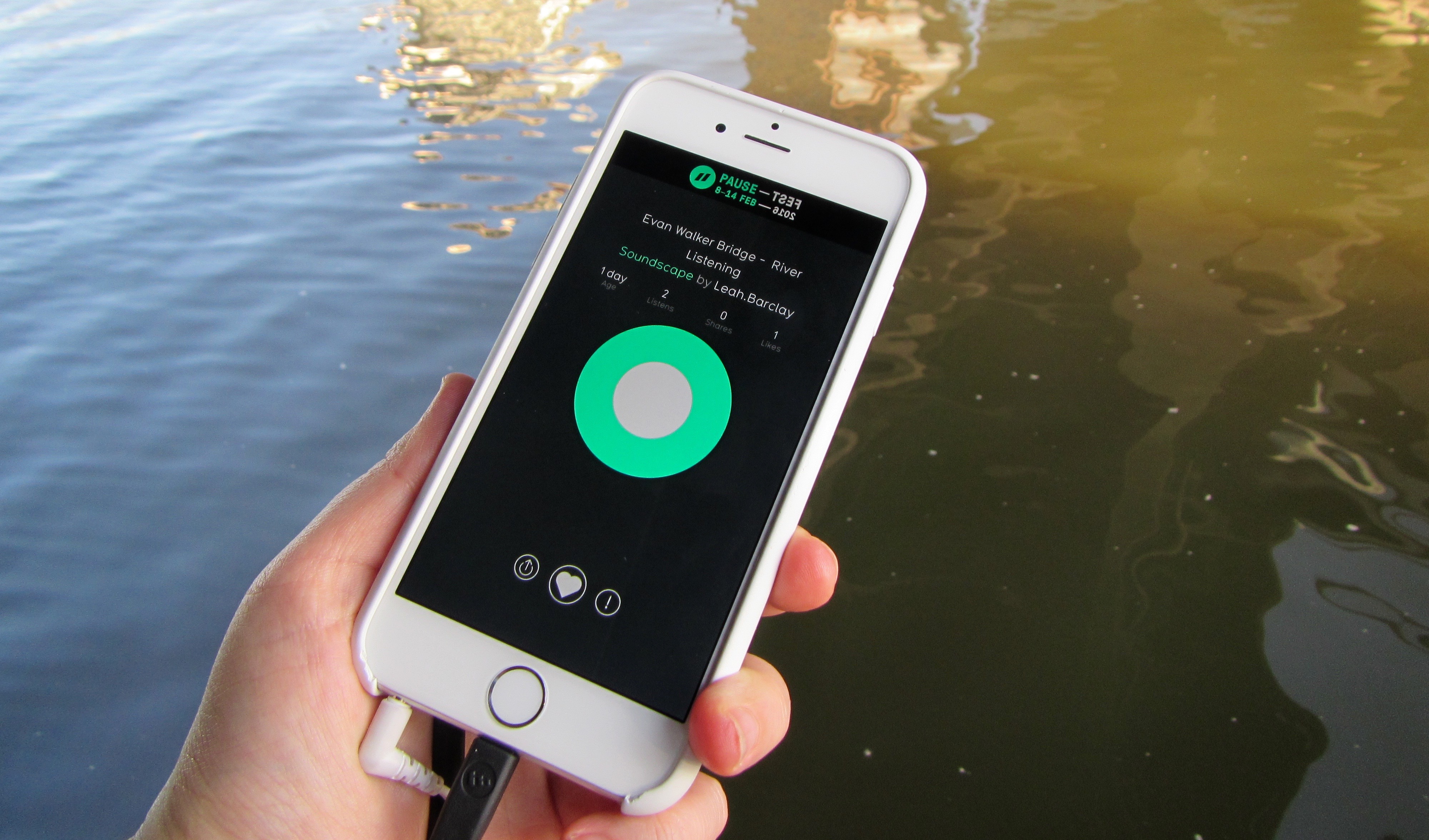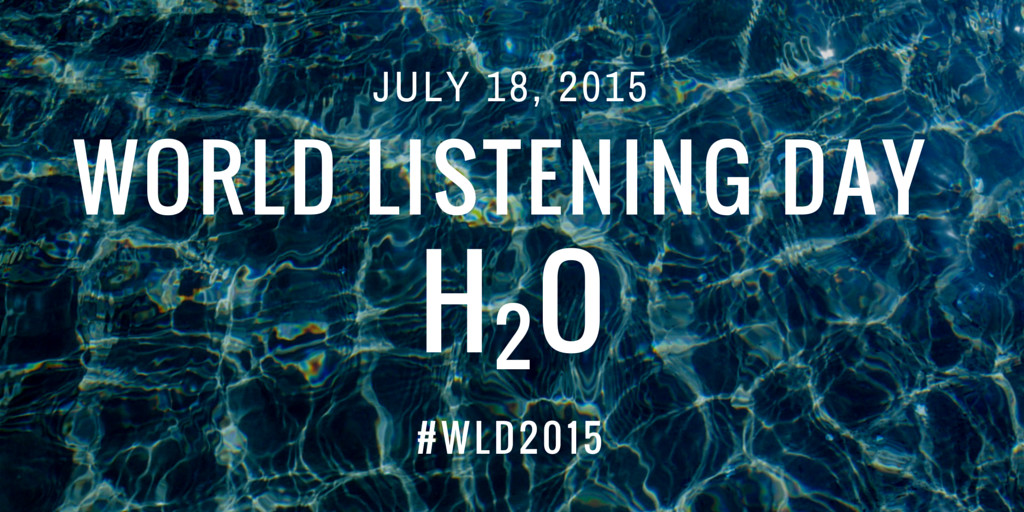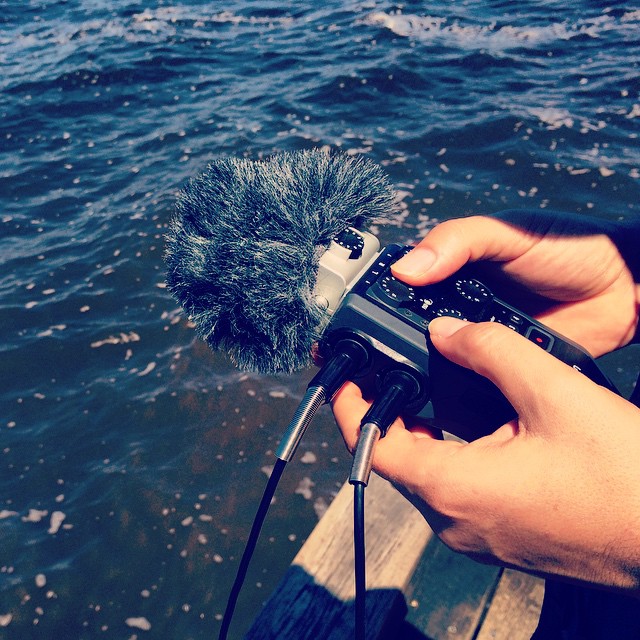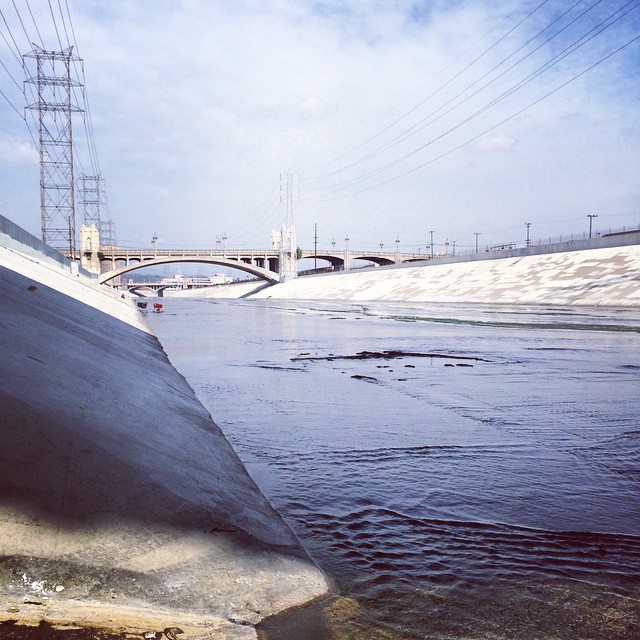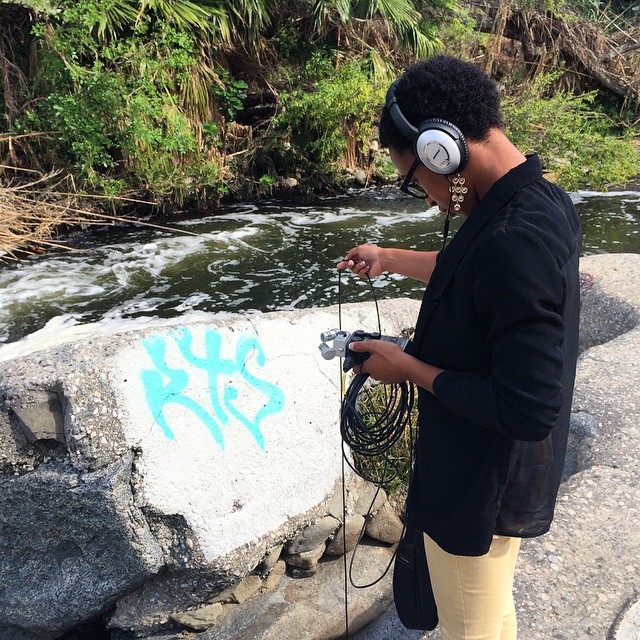Listen to a preview of the River Listening South Bank sound walk for Riverfire 2016
Griffith University will bring its own form of colour and energy to the Riverfire weekend, as the curtain comes down on the 2016 Brisbane Festival.
A series of digital installations will celebrate the senses during the weekend and after. ‘Heart and Breath’ will light up the walls of the Art Gallery and Webb Centre at South Bank on Saturday night, while imagined sounds from the world beneath the Brisbane River will be accessible through the River Listening augmented reality sound installation.
The installations are hosted by Griffith University Red Zone, which provides exciting interactive learning experiences through hands-on technology and exploring innovative research in science, health, business and the arts.
River Listening is an augmented reality sound installation reimagining the world beneath the Brisbane River in sound. The installation can be experienced by walking along the river with a mobile device and triggering geo-located soundscapes throughout South Bank. These geo-located sounds are layered with hydrophone (underwater) recordings and creative responses to the Brisbane River that connect to the soundscapes of river systems across the world.
This installation is part of an interdisciplinary project exploring the art and science of listening to rivers and the creative possibilities of aquatic bioacoustics. River Listening explores rivers as the lifeblood of communities and the potential for new approaches in the conservation of global river systems.
To experience River Listening download the free app Recho and your phone will act as a sonic compass guiding you throughout South Bank. New sounds will be added and adapted throughout Riverfire meaning every person will have a different listening experience.
Use the hashtags #RiverListening, #griffithredzone and #beremarkable on social media to share your experiences.



